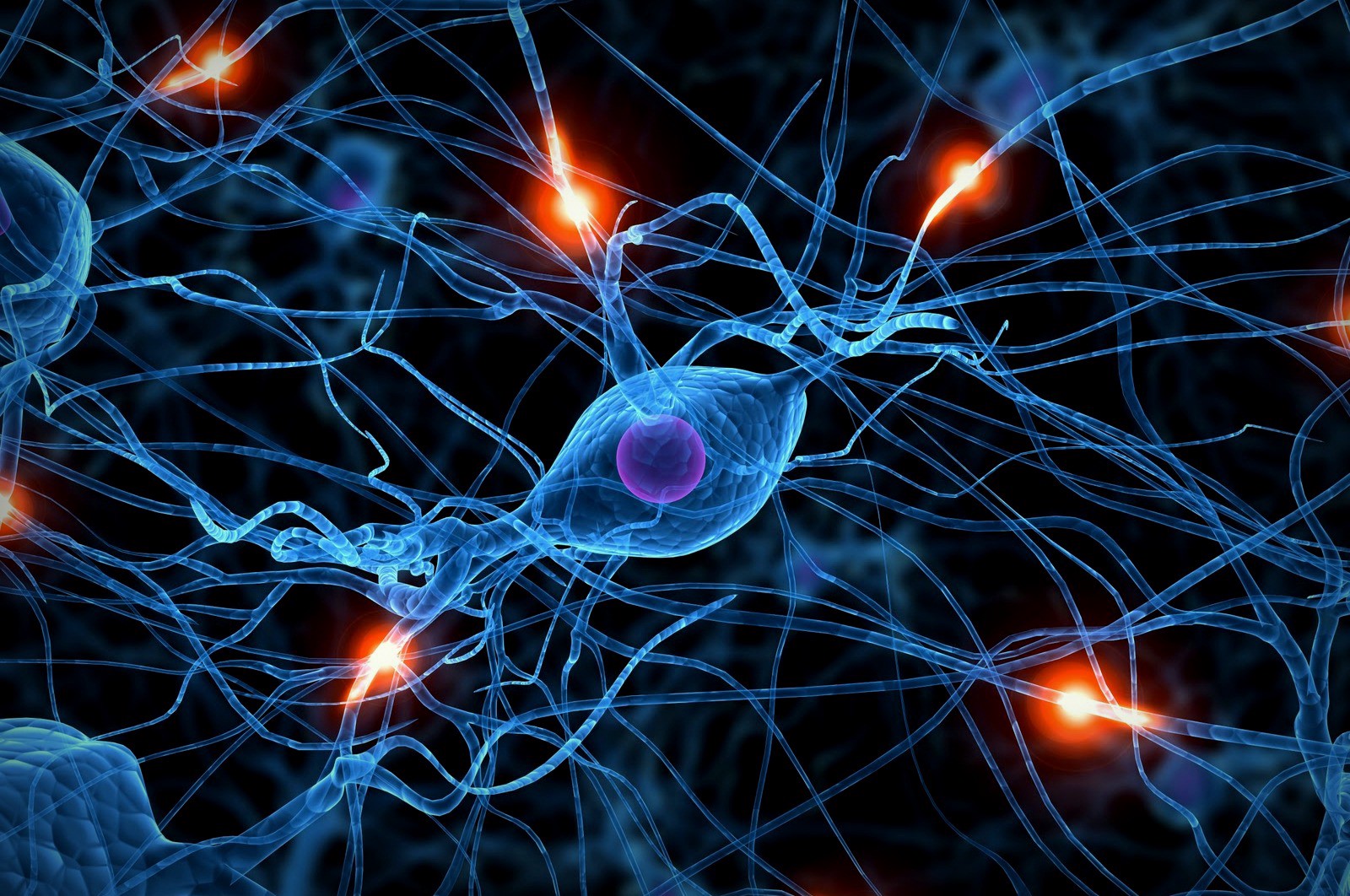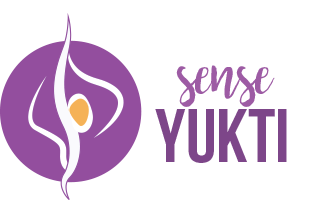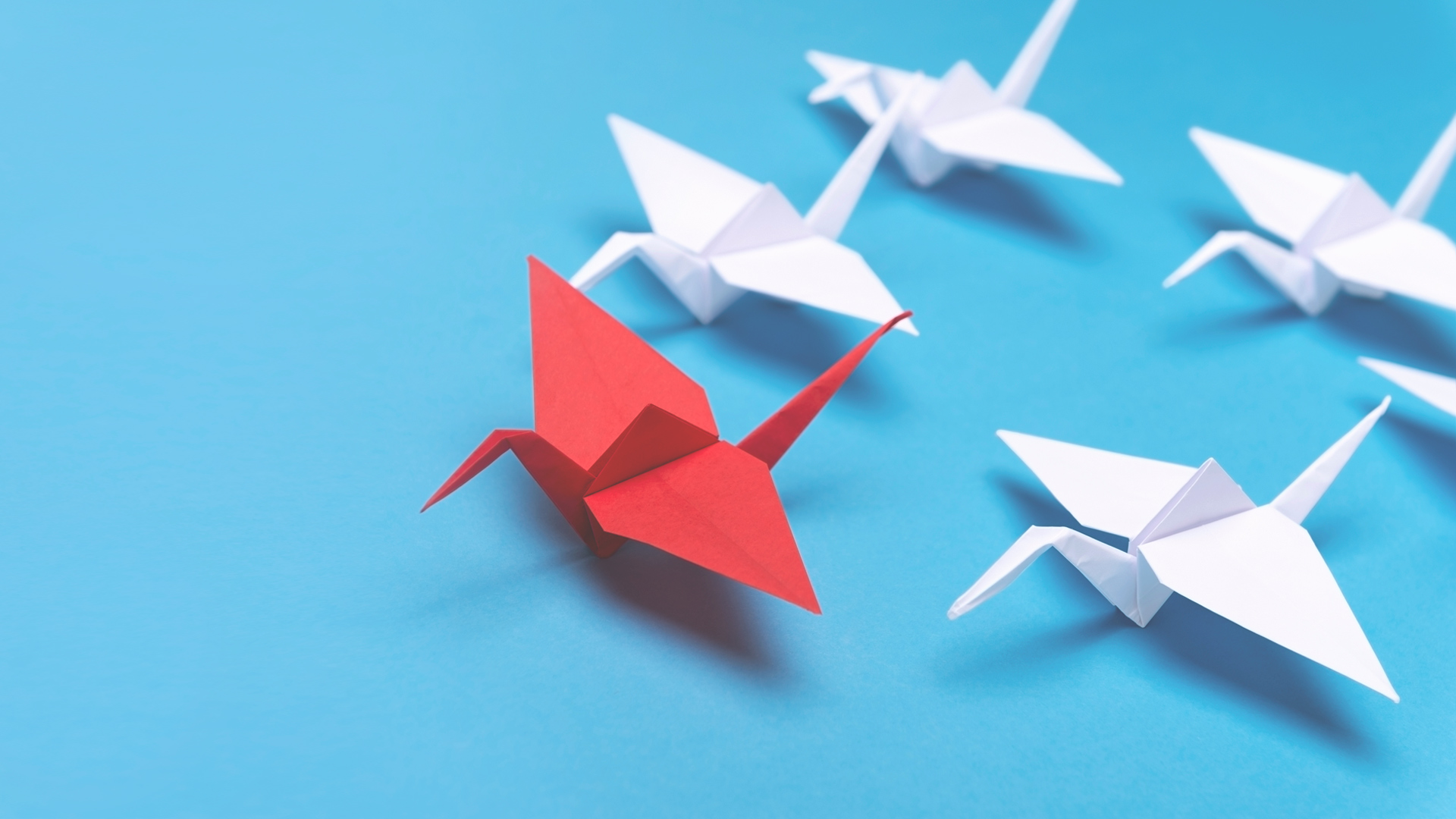
Yes. No. Maybe? Here is my two cents about adopting new habits.
In November 2013, I decided to pay a visit a hypnotherapist for the first time. Let’s call her Tangerine to remain anonymous. Tangerine started asking me questions about the objective behind my visit:
Tangerine: So Amine, can you tell me about your goal today?
Me: I want to get rid of fear of public speaking.
Tangerine: Oh yes! I recall being there few years ago.. Why do you want to do that?
Me: Well, I am currently going through a professional transition and would like to conduct workshops about my new interests, mindfulness and design thinking.
Tangerine: Why do you want to do that?
Me: I believe I can contribute to my community through sharing some of my passions and knowledge.
Tangerine: Great! What is preventing you from doing that today.
Me: It’s the fear of public speaking. I feel very uncomfortable speaking before an audience.
Tangerine: Okay! Why do you really want to do that?
Me: Well, I want to expand my comfort zone. I want to hone my communication skills. I want to achieve my full potential as an individual.
Tangerine: That’s very good! Why do you want to achieve your full potential? What would you reap from that?
Me: hum?! This is a good question. My goal is to embrace change, ambiguity by connecting to a purpose higher than myself while having a positive impact on society at large. Ultimately, I‘d like to make the world a better place than I find it.
Tangerine: This is very interesting! It’s possible to help you that if you are open to work together.
Me: Sure! That’s why I am here today. Would it be possible to a do an unconscious treatment with the pendulum to remove that fear from the back of my mind? (I was thinking one treatment and I am back on track; that was my basic understanding of hypnotherapy as far as I heard of people’s stories removing fear of rats, spiders, etc.)
Tangerine: It is doable but not recommended.
Me: What do you mean?
Tangerine: In some instances, this method was used to help people quit smoking but it came up with drawbacks as they developed other addictions such as addiction to sugar. So I ‘d rather do the sessions with you while you are conscious.
Me: Okay and how long will it take to get there?
Tangerine: It depends on how open and fast you can go; I believe we can make great progress within 10 sessions.
Me: mmm this is not going to happen this way (in my mind).. I’d rather go with a drastic method: killing the beast in one shot, easy and sharp.
Tangerine: Amine! You seem to be someone very cooperative and I think I can take you there in a short amount of time.
At that point, I realized I needed to leverage this current session to get as much info as possible to heal myself on my own. I started asking questions to learn more about fear of public speaking root causes and Tangerine explained the primitive brain function (fight or flight response) along with the synapse connection, which quite intrigued me. We basically, as human beings, can create new paths/channels in our brain to allow information to flow (like water) . We can associate a meaningless action with a goal that is close to your heart. When such phenomena (synapses connection) occurs, we move out of our comfort zone and try new life experiences that might sound uncomfortable at first but we embrace them and adopt them as new habits. This deep insight was an eye opener for me as it encouraged me speaking before an audience through connecting this action to my ultimate goal. I became determined to take random actions everyday, one little step at a time, to get me closer to my goal. Joining toastmaster turned out to be a quintessential tool in my journey. I never had to visit any hypnotherapist since. Nevertheless, I am very grateful to Tangerine for the precious insights she shared with me.
To go back to the question I asked in the intro: Yes, I truly believe we can become a creature of habits as long as we connect a new habits to an objective that is dear to our hearts. We create a new synapse pathway in our brain where information flows freely with no obstacles and every small action becomes meaningful. It’s just of matter to commit ourselves to learn, trip over, fail, try again and ultimately succeed. Today, I can attest that resilience, practice and patience have positively contributed to my public speaking and leadership skills and I believe with further learning and integration, I can reach higher grounds.





Recent Comments